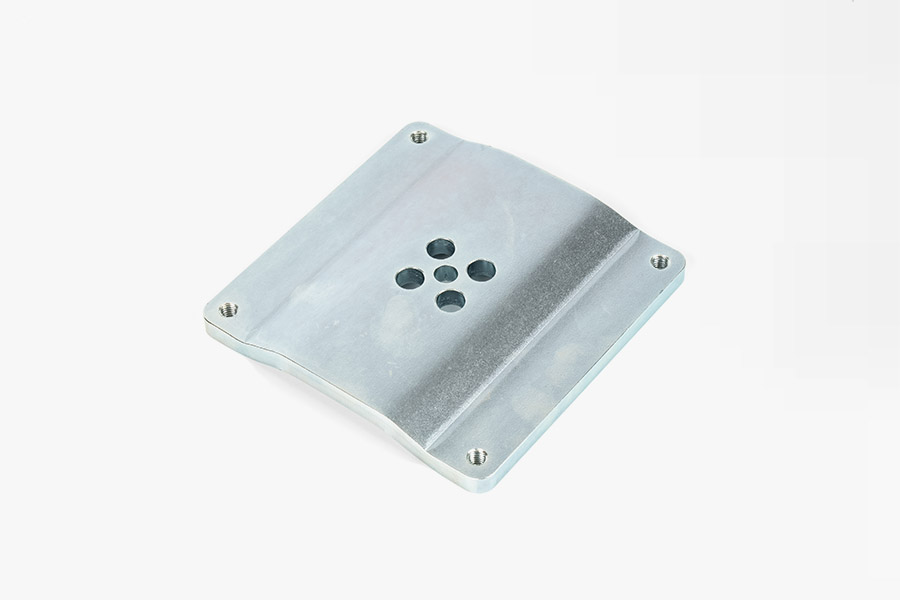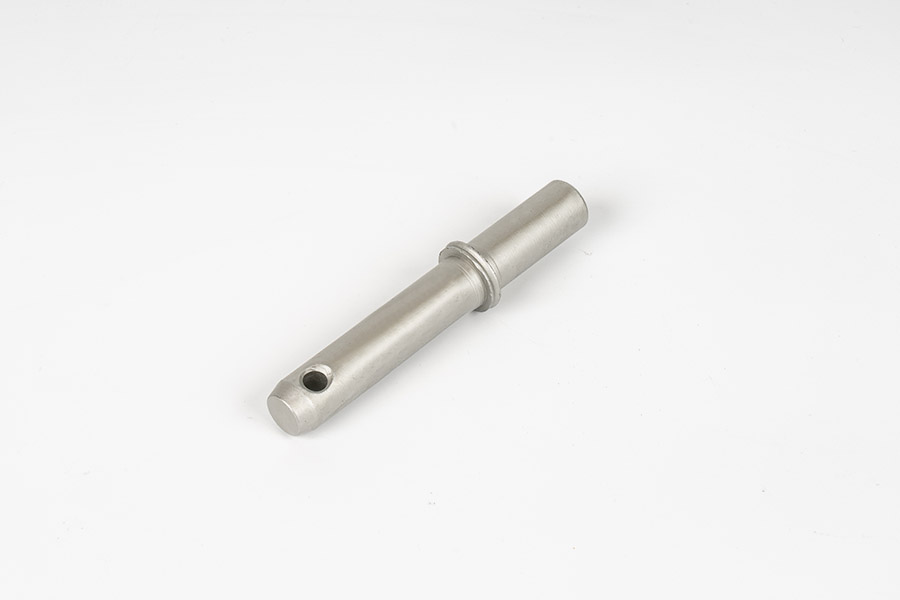A new height of precision manufacturing: a comprehensive analysis of the technical advantages and application prospects of internal thread processing
 2025.07.29
2025.07.29
 Industry News
Industry News
Core technology: From traditional cutting to efficient forming
The basic principle of internal thread processing is to generate a helical structure with specific pitch and geometric shape on the surface of the hole wall through cutting, extrusion or forming. These threaded structures can realize fastening connection, sealing, positioning and other functions, and are widely used in various scenarios such as bolt connection, hydraulic sealing, and precision adjustment.
Currently we provide up to 6 mainstream processing methods to meet the diverse needs of micro threads to large-diameter structural parts:
Tapping:
Tapping is a processing method that directly forms internal threads on the surface of the workpiece by rotating the tap, which is suitable for standard size and mass-produced workpieces. Due to its simple process and high efficiency, it is especially suitable for common materials in mass production, such as steel, aluminum alloy, copper, etc. By using high-precision automatic tapping machine, a large amount of internal thread processing can be completed in a short time, reducing manual intervention and improving production efficiency. In addition, modern CNC tapping technology supports automatic adjustment of cutting parameters to ensure product consistency and thread quality.
Thread Milling: Thread Milling is a technique for cutting internal threads using a multi-edge milling cutter, suitable for threaded structures requiring high precision and special shapes. Compared with traditional tapping methods, thread milling can be used for thread processing with larger diameters and can effectively avoid the possible tap breakage problems during tapping. The thread milling process can provide higher thread accuracy and surface finish, and is especially suitable for the processing of complex geometric shapes, deep holes and hard materials, meeting higher requirements for thread strength and sealing.
Cold extrusion forming: Cold extrusion forming is a process of plastic deformation of metal materials by high pressure at room temperature to form internal threads. It is suitable for components that require high strength and fiber continuity. This process does not produce chips, thus avoiding material losses during cutting and increasing the strength of the parts. Cold-extruded internal threads not only have excellent tensile strength, but also improve the fatigue resistance of threads. Therefore, they are widely used in components that require high strength and durability, such as automotive engine parts, aerospace equipment, etc.
Tapping + Finishing: The combination of tapping and finishing technology can further improve the finish and dimensional accuracy of the thread based on traditional tapping. By using high-precision taps and finishing tools, surface defects such as burrs and oxide layers that may occur during the tapping process can be effectively removed, ensuring that the thread surface is smooth and defect-free. Finishing is usually used in high-demand sealing and assembly applications, which can ensure the finish of the threaded surface and reduce friction and leakage problems. It is especially suitable for parts processing in hydraulic and pneumatic systems.
Custom tapping for special tools: For some workpieces with special thread profiles or specific materials, conventional tapping methods may not meet the processing requirements. At this time, customized tool tapping technology came into being. By customizing high-performance taps and cutting tools according to specific needs, special processing challenges such as high hardness, easy-to-adhesive materials, and precision structures can be effectively dealt with. Customized tapping tools not only improve processing efficiency, but also ensure thread accuracy, and are suitable for high-end applications such as aerospace, medical equipment and precision instruments.
Multi-axis linkage CNC thread milling: Multi-axis linkage CNC thread milling is an advanced machining technology that achieves precision thread milling of complex structural parts and deep holes through the synchronous control of multiple shafts. This technology is particularly suitable for processing high-precision and complex workpieces, such as components in the aerospace, automotive engines and medical devices industries. By using high-precision CNC systems, the accuracy, speed and stability of thread milling are significantly improved, ensuring thread machining in a variety of complex shapes while reducing manual errors and improving machining quality.
Accuracy guarantee: Strictly control every micrometer
The internal thread not only needs to be closely coordinated with the external thread, but also puts forward extremely high requirements for geometric accuracy and surface quality. All our internal thread processing processes follow the following core standards:
The pitch accuracy can reach ±0.01mm, ensuring stable transmission synchronization and rotational positioning;
The thread fit level can be controlled within the 6H/7H tolerance range to meet the needs of precision assembly;
The surface roughness can reach a minimum of Ra0.4μm, which meets the requirements of high-pressure sealing or sliding connections.
In the thread sealing area of the high-pressure valve body, we effectively solve the leakage problem caused by the rough surface of traditional processing through cold extrusion + secondary finishing technology; in the precision bearing hole position, we use a special multi-blade milling cutter, combining constant spindle speed and directional cooling to ensure that the circular jump of each thread bottom diameter is controlled within 0.02mm.
Diverse materials: suitable for 30+ industrial grade materials
We currently can perform high-quality internal thread processing on more than 30 materials, covering:
Metal materials: 304/316 stainless steel, carbon steel, aluminum alloy, titanium alloy, magnesium alloy, copper, brass, alloy steel;
Non-metallic materials: PEEK, nylon, PTFE, POM, ABS and other engineering plastics;
Special structural parts: composite material matrix, hard coated workpiece, deep-hole special-shaped structure.
By choosing the right tool material, surface treatment and cooling method, we can effectively solve problems such as high material hardness, poor thermal conductivity, and bonding of processing zones.
Widely used: covering all areas of high-end equipment manufacturing
As the core structure of connection and seal, internal threads are widely used in the following fields:
| Application Field | Typical Product Examples | Key Performance Requirements |
|---|---|---|
| Machinery Equipment | Couplings, Positioning Holes, Hydraulic Fittings, etc. | High Strength, Precise Fit, Anti-loosening and Anti-leakage |
| Automotive Parts | Engine Blocks, Brake Systems, Chassis Structures, etc. | Vibration and Heat Resistance, High Reliability, Thread Integrity without Burrs |
| Aerospace | Instrument Panels, Structural Connectors, Cabin Supports, etc. | Lightweight, High Precision, Corrosion Resistance |
| Medical Devices | Medical Equipment Enclosures, Implant Structures, Micro Connectors, etc. | Surface Contamination-Free, Compliant with CE/FDA Standards, Burr-Free |
| Precision Electronics | Micro-structural Parts, Lens Holders, Circuit Connection Holes, etc. | Small Size, High Repeatability, Clear and Fine Threads |

 Eng
Eng  中文简体
中文简体









